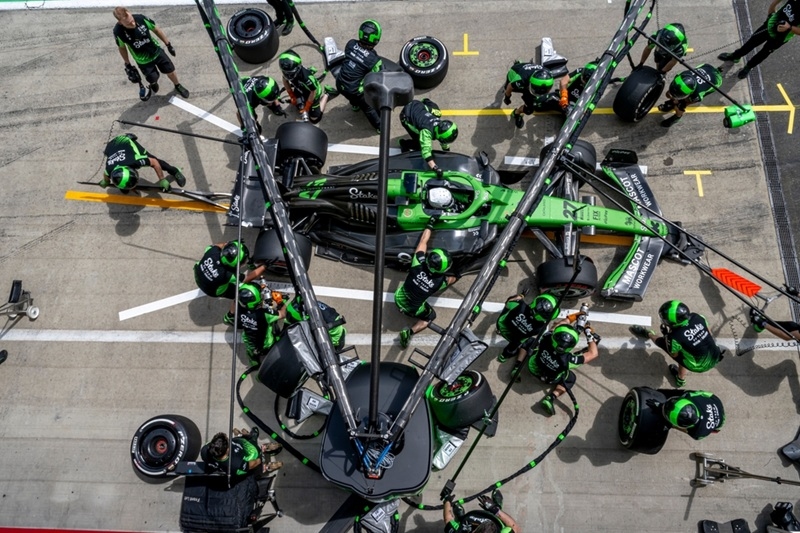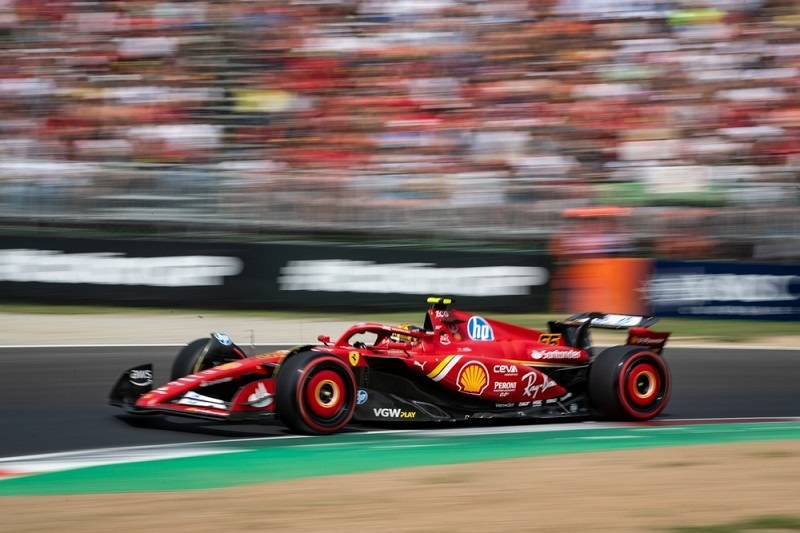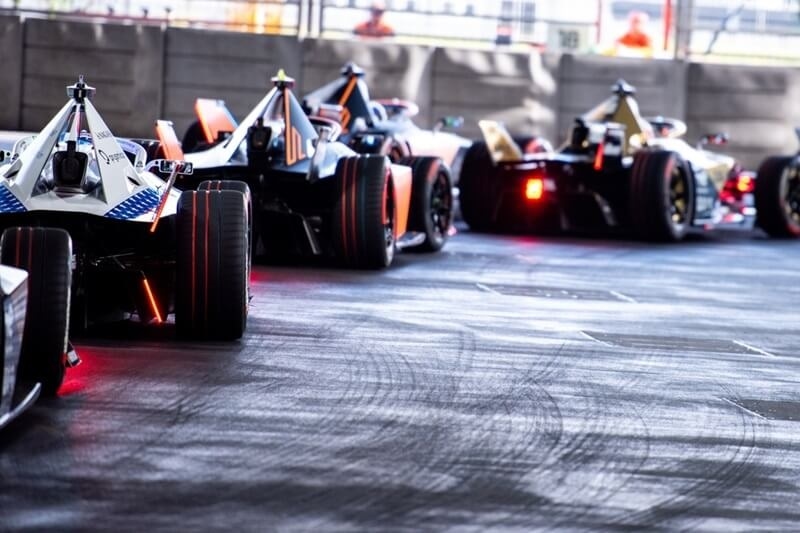Unraveling Formula One's Street Racing Challenges Here

Street circuits differ significantly from traditional race tracks, as they are temporarily established on public roads, injecting an extra dose of excitement and enjoyment. While these circuits are undeniably entertaining, they present a unique set of challenges for racers. This article highlights several obstacles faced by drivers on street circuits.
Challenges with Drains and Bumps

Unlike purpose-built tracks, public roads naturally feature bumps and drains, which pose no issue for road-legal cars traveling at moderate speeds. However, for Formula 1 cars, even a minor impact can lead to a damaged gearbox. Negotiating these drains becomes a peculiar challenge for drivers, forcing them to navigate around these obstacles. Throughout the year, streets tend to accumulate dirt and grime, resulting in asphalt tracks with reduced grip. This lack of traction makes it challenging for F1 car tires to adhere to the road, necessitating extended braking zones. Additionally, when it rains, the presence of white road markings adds chaos to the mix. Even with Pirelli's wet weather tires, drivers may struggle to maneuver and maintain control.
A notable drawback of street circuits is their limited space. These courses must fit into compact streets, bringing races dangerously close to walls. Some drivers may even find themselves making contact with barriers. The absence of adequate run-off areas also complicates pit stops, as cramped pit garages cause teams to lose valuable time during the race. Thrilling overtaking maneuvers are an integral part of Formula racing, but the confined nature of street circuits often restricts such opportunities. The narrow streets don't offer ample space for drivers to execute daring passes. Street circuits like Albert Park are actively modifying their layouts to enhance overtaking possibilities as part of their traffic flow plan.
Some Public Resistance
Given that street circuits are erected on public roads, it's inevitable to encounter public opposition. These circuits can disrupt regular commuting routes, leading to increased traffic congestion for a temporary period. Locals often have to yield their roads for a few weeks to accommodate Formula racing, with instances like the Miami Grand Prix relocating due to public outrage over traffic issues.
The process of constructing a street circuit is inherently time-consuming and meticulous. However, as these circuits are established on public roads, organizers usually face tight deadlines. The condensed preparation time can result in a fragile track that may exhibit signs of wear and tear. Organizers often find themselves pushing the limits to ensure the circuit is ready for racing, cutting it close to the deadline. They also have to give frequent construction updates.
Adapting to Changing Track Conditions: The Urban Playground
Street circuits often traverse public roads, subjecting teams and drivers to the unpredictable whims of the urban environment. The track surface can change significantly over the course of a race weekend. Factors such as weather conditions, rubber build-up, and changes in temperature can transform the grip levels, making it imperative for teams to adapt their setups quickly. Unlike permanent tracks, street circuits lack the consistent grip levels that come with dedicated racing surfaces. Drivers must be constantly aware of changing conditions and be ready to adjust their driving style on the fly. This adaptability is a crucial skill in street racing, as mastering the ever-changing urban playground is key to success.
The Wall of Champions: Unforgiving Barriers
-1706101442-r.jpg)
Street circuits are often lined with unforgiving barriers, leaving little room for error. The infamous "Wall of Champions" at the Circuit Gilles Villeneuve in Montreal serves as a stark reminder of the consequences of even the slightest miscalculation. Brushing against the barriers can result in damaged wings, punctured tires, or, in extreme cases, race-ending crashes. The psychological pressure of racing so close to barriers requires immense focus and composure. Drivers must navigate the fine line between pushing the limits and avoiding costly mistakes. The mental toll of knowing that one small error could lead to a race-ending collision adds an extra layer of intensity to street racing.
Logistical Challenges: Transforming Cities into Racing Arenas
Organizing a street race involves transforming a bustling city into a racing arena, a logistical feat that adds another layer of complexity to Formula One street racing. Roads need to be closed, barriers erected, and facilities such as vehicular bridges set upall within a short timeframe. The logistics of transforming urban spaces into temporary racetracks require meticulous planning and coordination between the Formula One organization, local authorities, and event organizers. Additionally, the close proximity of buildings and infrastructure means that any incident on the track can have immediate repercussions beyond the race itself. Safety measures must be rigorously enforced to ensure the well-being of both drivers and spectators, making street racing a delicate balance between spectacle and safety.
Strategic Pit Stops: Navigating the Chessboard
Strategic pit stops play a crucial role in Formula One street racing. The limited overtaking opportunities on narrow streets often push teams to rely on pit-stop strategies to gain an edge. Tire management becomes paramount, as the abrasive nature of street surfaces can result in quicker degradation. Teams must carefully time their pit stops to minimize time lost while ensuring they capitalize on any potential advantages. The strategic element of Formula One is elevated on street circuits, turning the race into a high-stakes chess match where every move can determine the outcome. The pressure on pit crews to execute flawless stops adds an extra layer of intensity to the already demanding environment.
Conclusion
Formula One street racing, with its unique set of challenges, adds an extra dimension to the sport, testing the mettle of drivers and teams alike. The narrow and bumpy streets, limited overtaking opportunities, changing track conditions, unforgiving barriers, and logistical intricacies make street circuits a true test of skill, strategy, and adaptability. As fans eagerly await each street race on the calendar, they know they are in for a thrilling spectacle where the urban jungle becomes a battleground for the world's best drivers and teams. In the high-stakes world of Formula One, conquering the challenges of street racing is a testament to the true champions of the sport.
This content was created by AI




